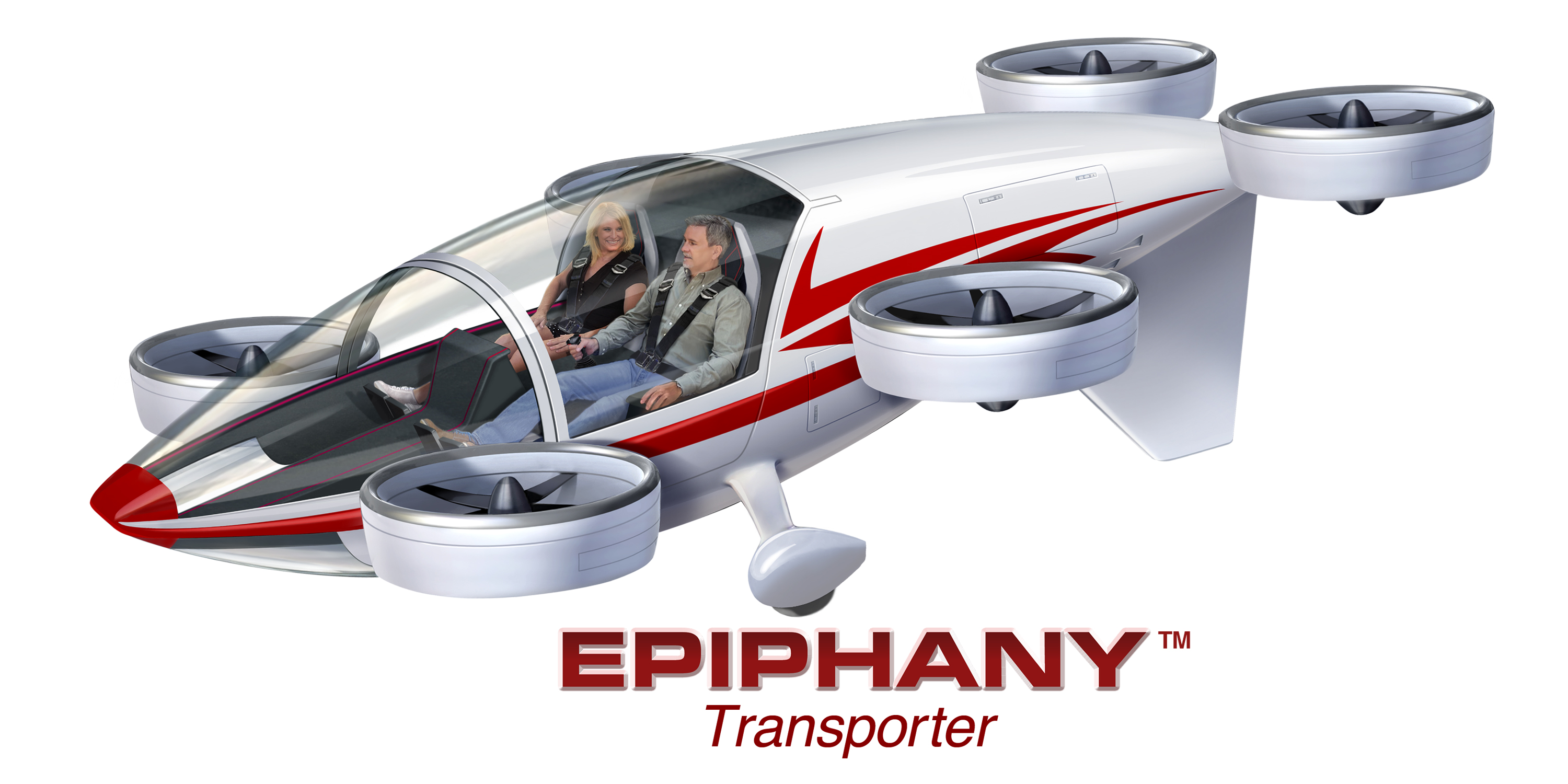
Flying cars could finally actually be on the horizon.
Anyone who's seen "Blade Runner" or "The Jetsons" knows that you can't have "The Future" without flying cars, but despite many people's hopes, these flying personal transports have always seemed to be one step ahead of the present. Now, one company is coming out to say that it has the key to making these fantastic fly machines a reality, and it has a NASA-proven propulsion system at its heart that makes it hard to dismiss as easily.
The company, Applied eVTOL Concepts, presented its plan for the Epiphany Transporter this week, a vertical take-off and landing (VTOL) vehicle that the company said is capable of a top speed of 160 mph (258 kph) but generates less than 55 decibels of noise at 50 feet (15 meters) up, which is somewhere between the volume of a steady rainfall (50 dB) and normal human conversation (60 dB).
Related: NASA and Uber are getting serious about flying cars
The secret appears to be the ducted thrusters along the sides and rear of the Epiphany Transporter, which researchers at NASA's Ames Research Center found in 2002 proved to produce a significant amount of thrust, the physical force that powers jet engines and helicopters.
The ducted design also has the added advantage of shielding the spinning blades inside the duct that are generating the thrust, and Rob Bulaga, the project engineer for the Epiphany Transporter at Applied eVTOL Concepts, was a co-author on the original paper. The design has been refined over the two decades since it was first tested at Ames, and the founder of Applied eVTOL Concepts, Michael Moshier, believes that they have advanced the technology considerably since that initial proof of concept work in NASA's wind tunnel.

"We have every reason to believe in the ability of our proprietary, field-proven ducted thrusters, and leading-edge vehicle design, to perform in flight as expected," Moshier, who is also the CEO and lead designer for the company, said in a statement.
The craft is designed to seat two passengers and their luggage. The company says the Epiphany is about the size of a Tesla Model S, and that it could fit in your typical one-car garage.
Of course, just because the company's ducted thruster was successful in a wind tunnel doesn't mean that we're about to have flying cars any day now. A lot of VTOL companies have come and gone over the years, and there were bound to be some NASA engineers in that mix as well.
Still, working from a proven design as a foundation is always sound engineering practice, so maybe this will turn out to be the real deal after all, at long last.







